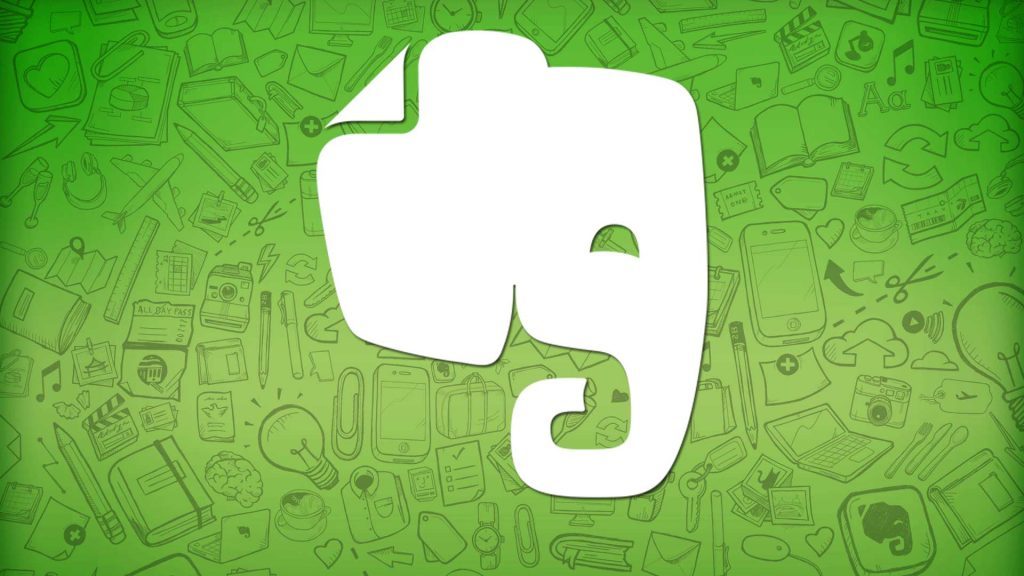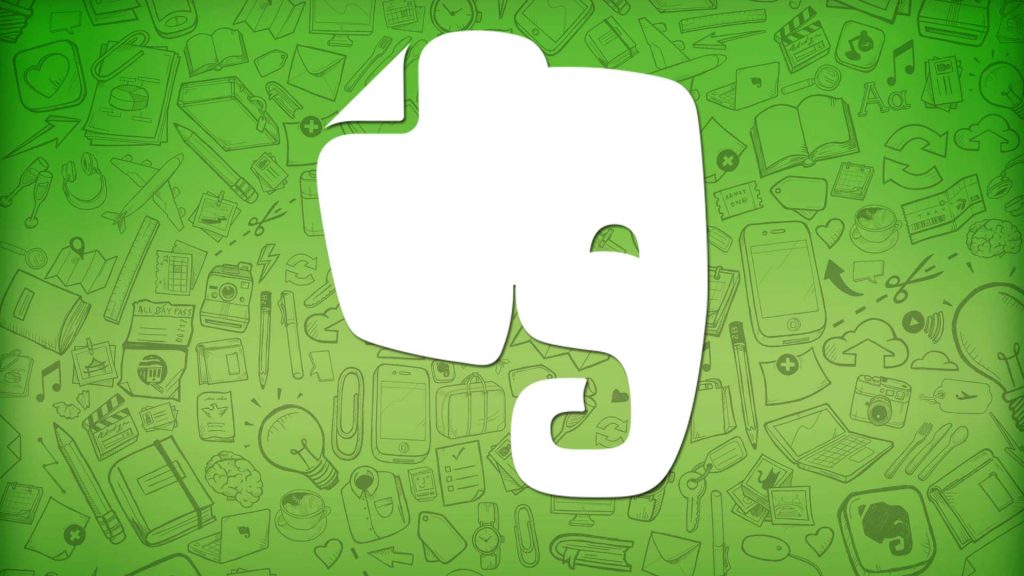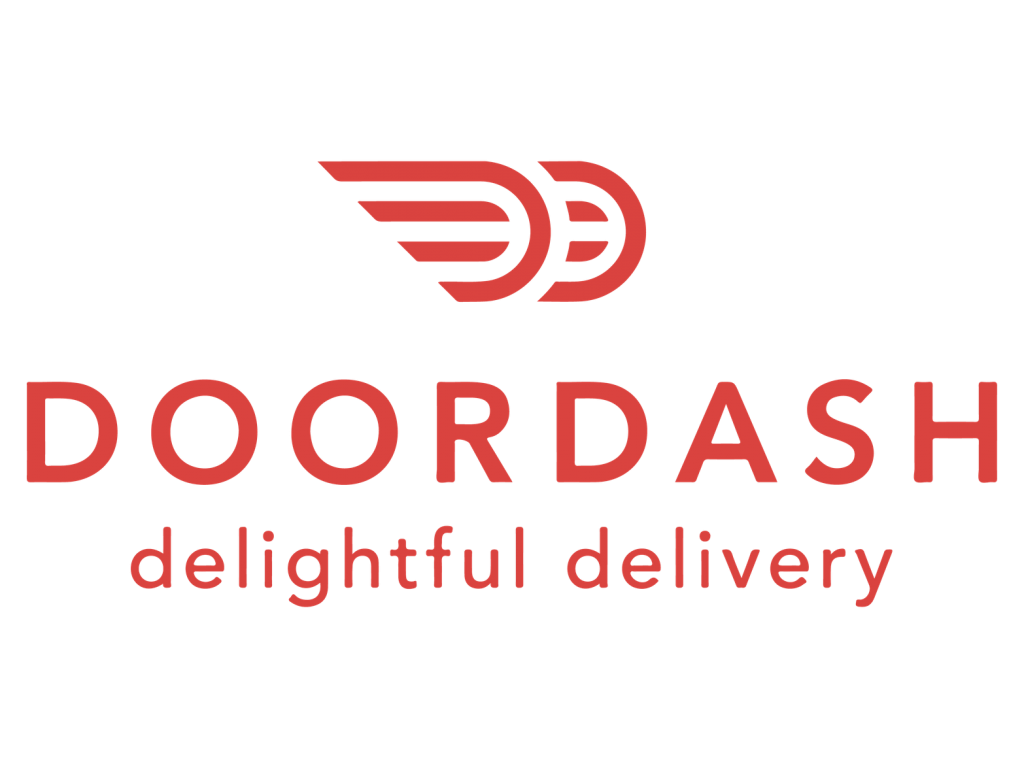MailChimp – The Success Story of the Ultimate E-mail Marketing Tool
Advertising is the key to success in business. It plays a significant role in the business’ growth. Advertising mainly due to the budget has been a hardball to crack and needs lavish spendings to spread a business out wide. But, to this advertising problem, MailChimp brings every business, solutions to make marketing easier and cheaper. MailChimp is an e-mail marketing service, which was started in 2001 in order to help small businesses grow and has since come a long way to become the world’s leading e-mail marketing platform. The success story of MailChimp shows that knowing the problem well will lead you to a more effective solution.
Ben Chestnut, the founder of the company, in early 2001 was working on a web designing business with his partner. Within their business, their customers started to question them about how to send e-mails. Ben, eventually dug up an old code which he wrote for a greeting card business and that code embarked the journey of MailChimp.

MailChimp’s potential was never realized by Ben, and it remained as a side business to the web designing business until 2007. In 2007, both the founders discovered that their passion lies in helping small businesses, rather than in the business of web designing they were doing at that time. So, they decided to shut down their former business to focus on MailChimp.
The service started off badly. Initially, the emails sent through their channel were mostly delivered to the spam folders. The receivers of those emails were annoyed by the increasing count of spam in their mailbox. Having a tough competition with better-funded companies added to their problems.
But, there was something that gave MailChimp the upper hand. Being a small business itself, the founders knew better what their fellow businesses wanted i.e. they knew the problem better than their competitors. They were aware of what exactly their customers were expecting. Their offerings were cheaper, added features more frequently and allowed more and more customizations to fit the customers’ needs. Their product was more efficient as they were closer to their customers.
The company’s mascot, named Freddie, has a significant contribution to it. The Marketing Director of Mailchimp, Mark DiCristina, explained that it is the honest representation of the company. It depicts making work fun, creative and independent.
Within the process, you will find the product witty as the cool GIFs displayed by the MailChimp make it so. The company has always managed to make the process of email marketing a fun experience.
The Freemium model of the company, announced in 2009, has also brought a lot to the company. The company was successful before the move came on, but still, it offered a lot. With the freemium version, the users could sign up with 500 subscribers and send 3000 emails a month. It included all the salient features of the service. The only condition was to have subscribers less than 500. To add more to the blazing fire, MailChimp announced this version as a ‘Forever Free’ plan. After this announcement, MailChimp started growing rapidly.
In September 2009, the company had only 85,000 users, and with the introduction of the freemium model, its user base increased nearly 5 times (1.2 million). 30,000 new free users, alongside 4,000 new paying customers started to sign up, each following month, increasing the company’s profit to a massive 650%. In February 2012, the platform was adding 5000 new users each day.
MailChimp is also known for sending out gifts to their customers. MailChimp is a standout when it comes to its ‘Weird Swag’. For the company, sending gifts out is more important than the cost. Maintaining a relationship with the customer takes them further apart than the other companies in their competition.
The company posted $525 million revenue in 2017 and is growing by more than $120 million every year. MailChimp was Inc.’s Company for the year 2017. More surprisingly, it is still owned by its co-founders. This makes the company as suggested by Chestnut, “A Startup to a Grown-up.”
MailChimp, in a fun and interactive way, gives you the ultimate option to boost up your marketing using the most powerful of tools it offers. Have a business? Boost up yours using MailChimp.

Raghav is a student and a content writer. He loves to write about emerging as well as the existing technologies around and about the ones who bring them to you. Music is the other passion that Raghav processes. It is like the fuel to his body. He is also in writing songs and poems. He believes that life is short, so live the best out of what you have got. Raghav considers himself a sci-fi guy, having stories and tech all around in his head, all the time.










